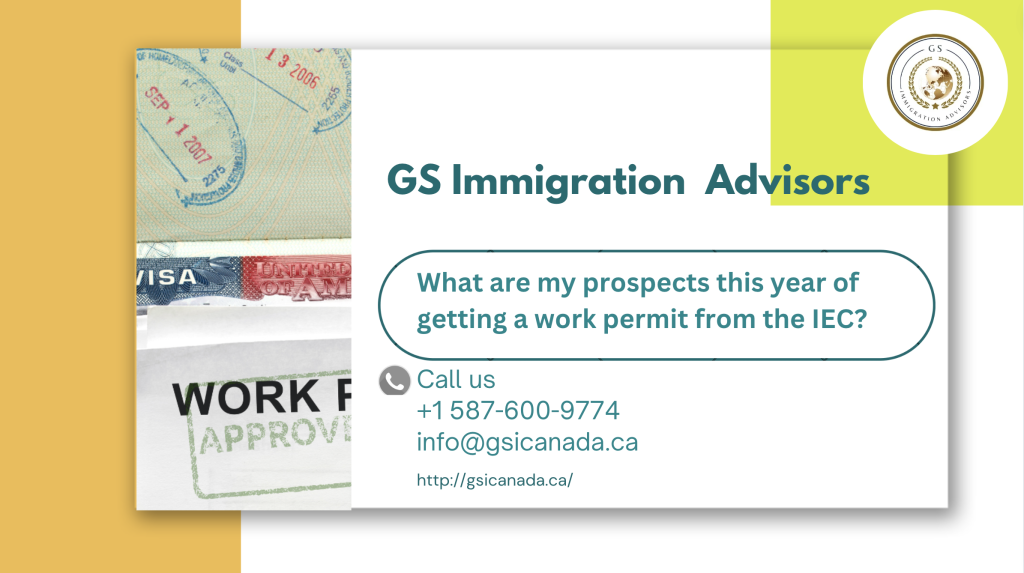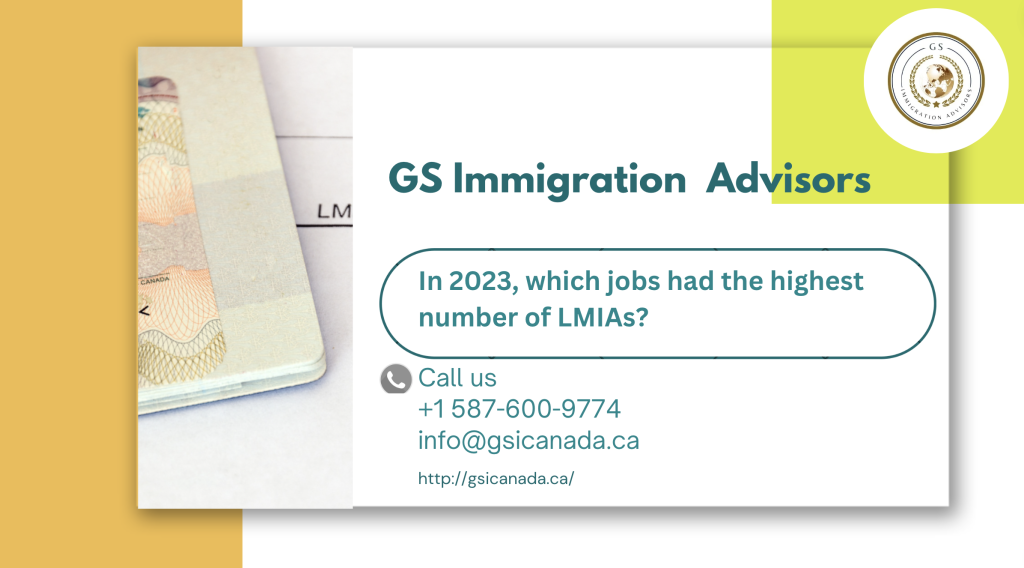Breaking: Quebec Places Limit on Applications for Family Sponsorship
The Quebec government’s Ministère de l’Immigration, de la Francisation et de l’Intégration has set a cap on family sponsorship applications, which is in place as of today, June 26, 2024.









